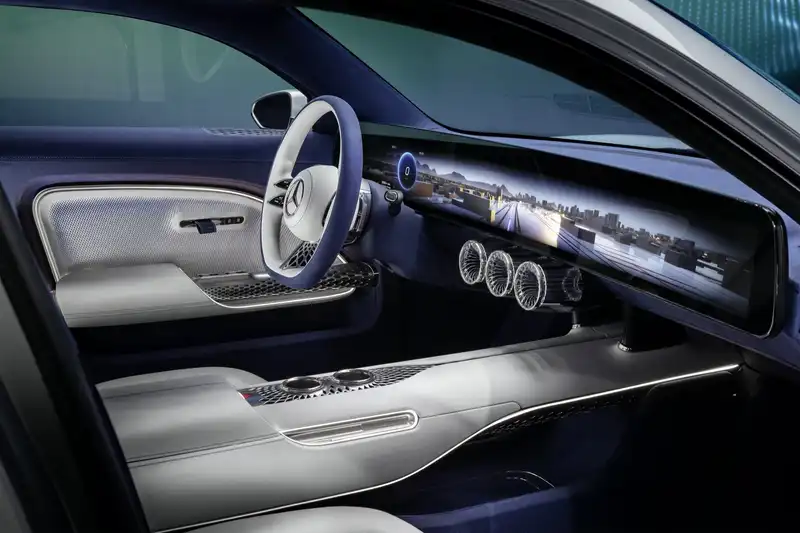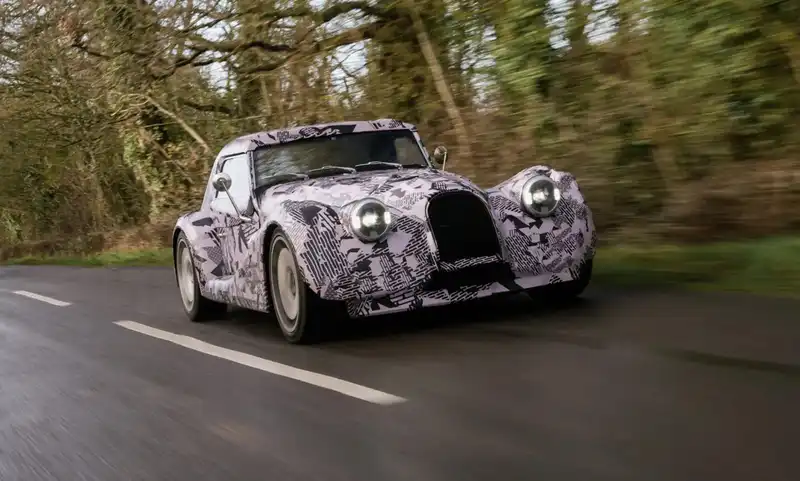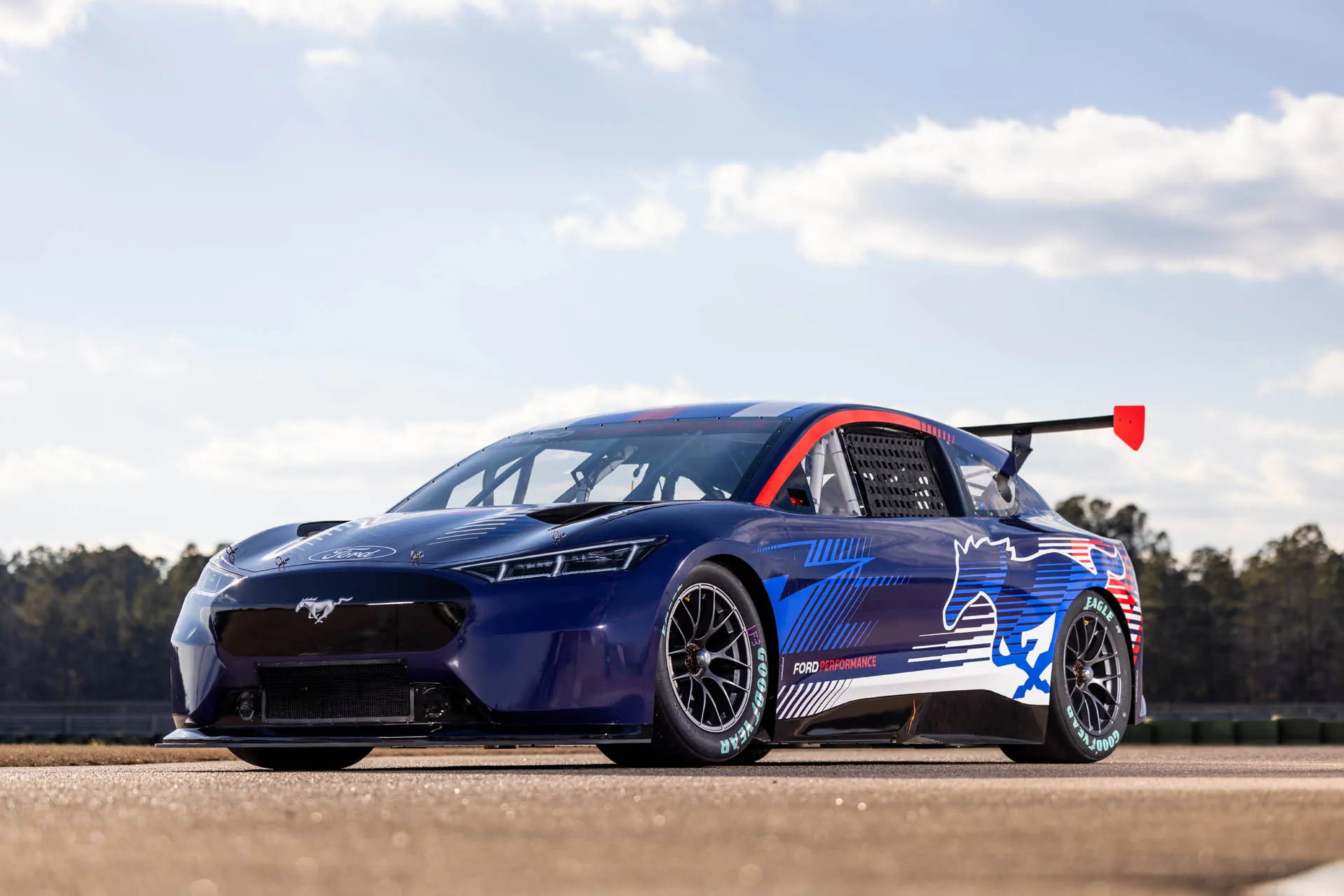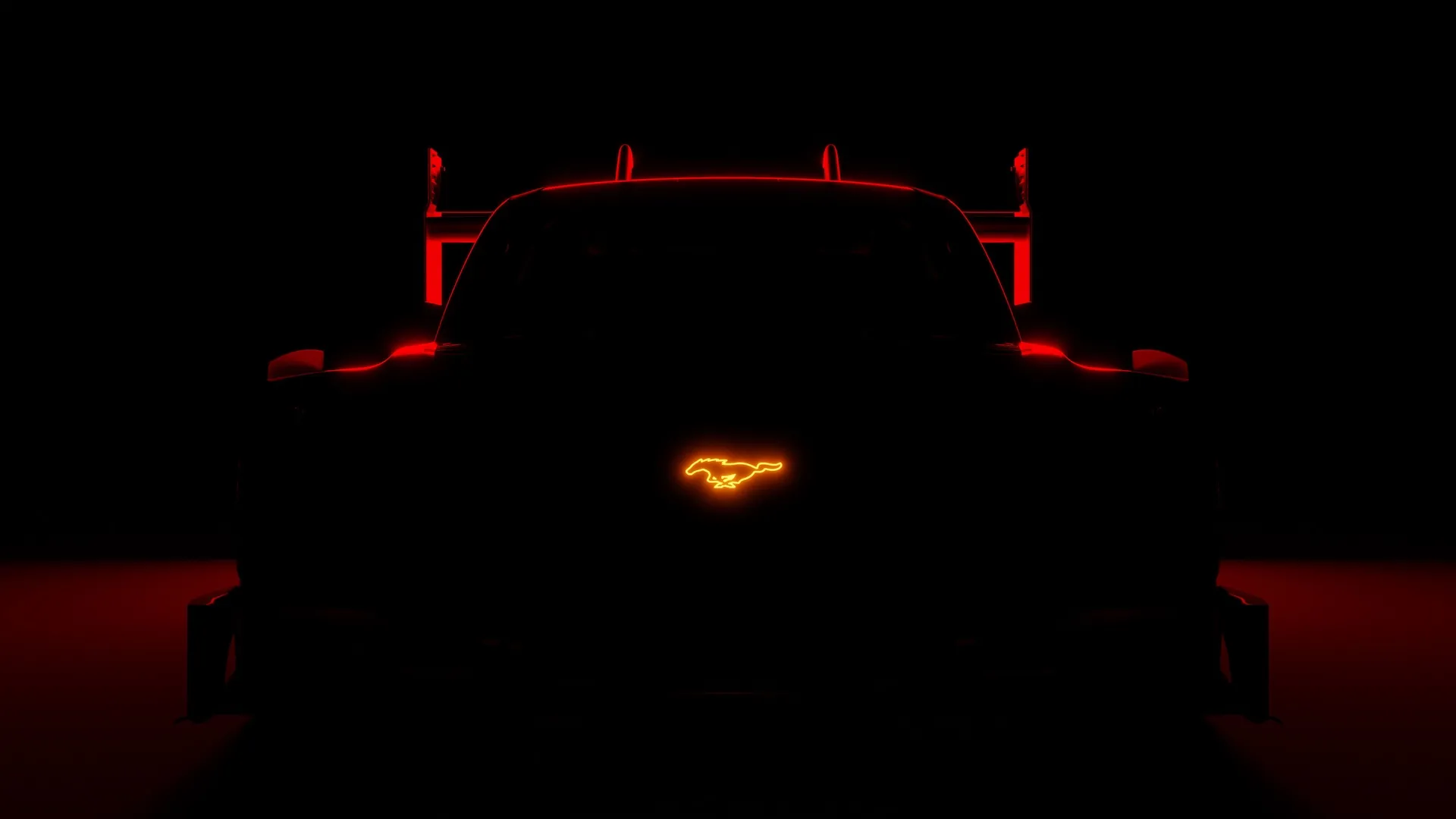Leather Interiors of the Future May Be Made from Mushrooms and Bamboo

As automakers seek more sustainable alternatives to traditional leather, a new report from research firm IDTechEx introduces several possibilities, including leather made from plant scraps and mushrooms.
These alternatives, the report notes, could have a lower environmental impact than leather made from animal skins, which cause greenhouse gas emissions, deforestation, and land monopolization from cattle breeding. According to the report, plant-based, microbial-based, and mycelium (mushroom)-based leathers are also of great interest, but still face development hurdles.
Plant-based leather can be made from many sources, including apple peels, pineapple leaves, cactus, grapes, and bamboo, according to the report. However, the report notes that currently it requires plastic and may not meet the same durability standards as conventional leather. Automotive designer Ian Callum's company is putting this idea into practice with a one-off Porsche 911 Restomod. Its interior uses materials made from coffee pulp, lentils, and eggshells.
It is also possible to make mycelium leather from the thread-like roots of fungi. Fungi can be grown in the same environment in which the final product is made, thus reducing the footprint of the entire production process, the report states. In addition, mycelial leather requires less water and energy than other materials. Similar materials are used in the Cadillac Sol-Ray and Mercedes-Benz Vision EQXX concepts.
The report also discusses microbial and lab-grown materials made from microbial fermentation and animal skin cell biopsy. However, these are still in the early stages of development and, like plant-derived leather, may require plastics that increase the carbon footprint of these materials. Also, anything made from animal skin cells would not be considered vegan, which could be a problem for some car buyers.
With no “tailpipe” emissions, sustainable materials will play a larger role in EVs as automakers look to other areas to further reduce the environmental impact of EVs. Volvo highlighted sustainable and recycled materials in its EX90 electric SUV, and NASCAR chose a flax-based body for its electric racing car prototype.





